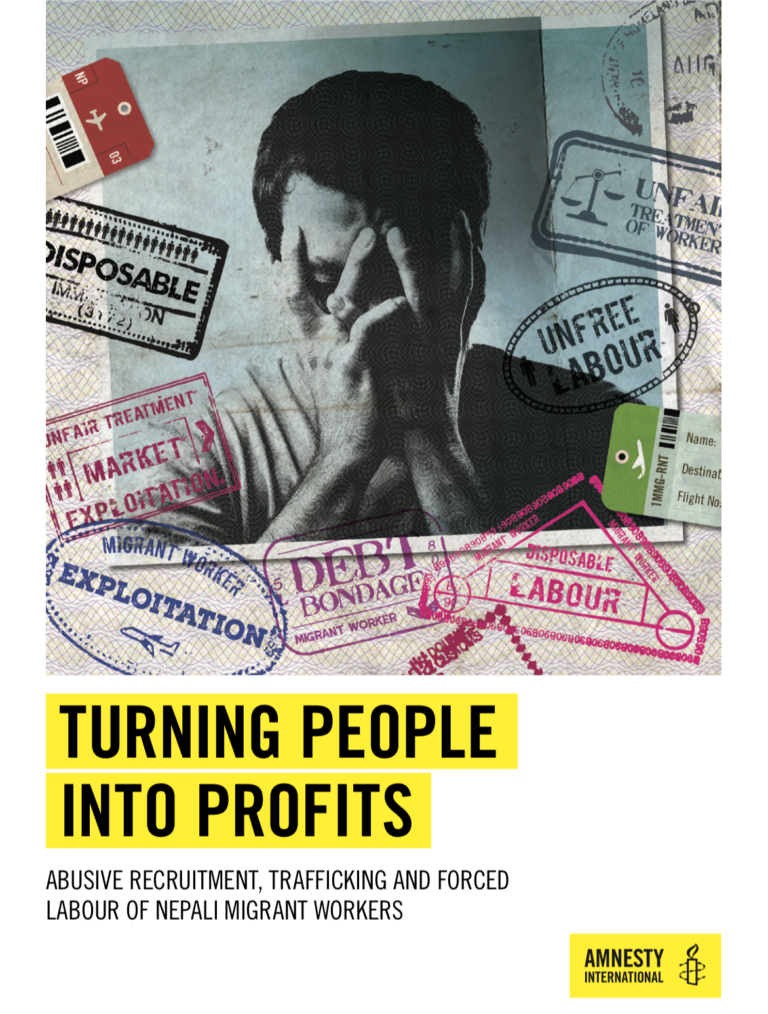How COVID-19 restrictions and the economic consequences are likely to impact migrant smuggling and cross-border trafficking in persons to Europe and North America
PublicationsThe unprecedented crisis that COVID-19 has suddenly unleashed upon the. world is affecting all aspects of society and is likely to have an effect on the routes and characteristics of both regular and irregular migration. Smuggling of migrants and tr...Read More

